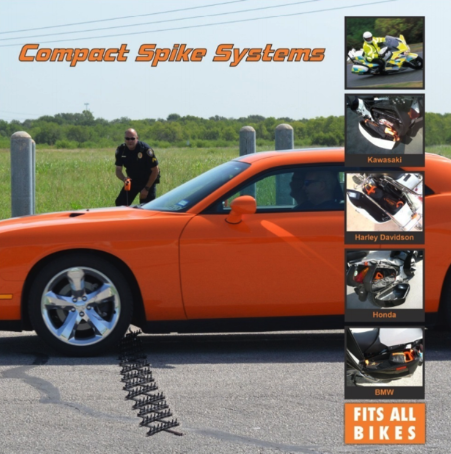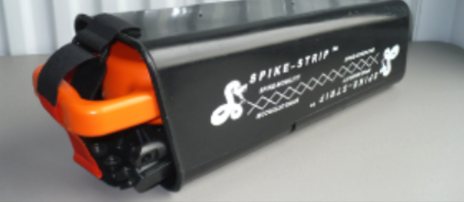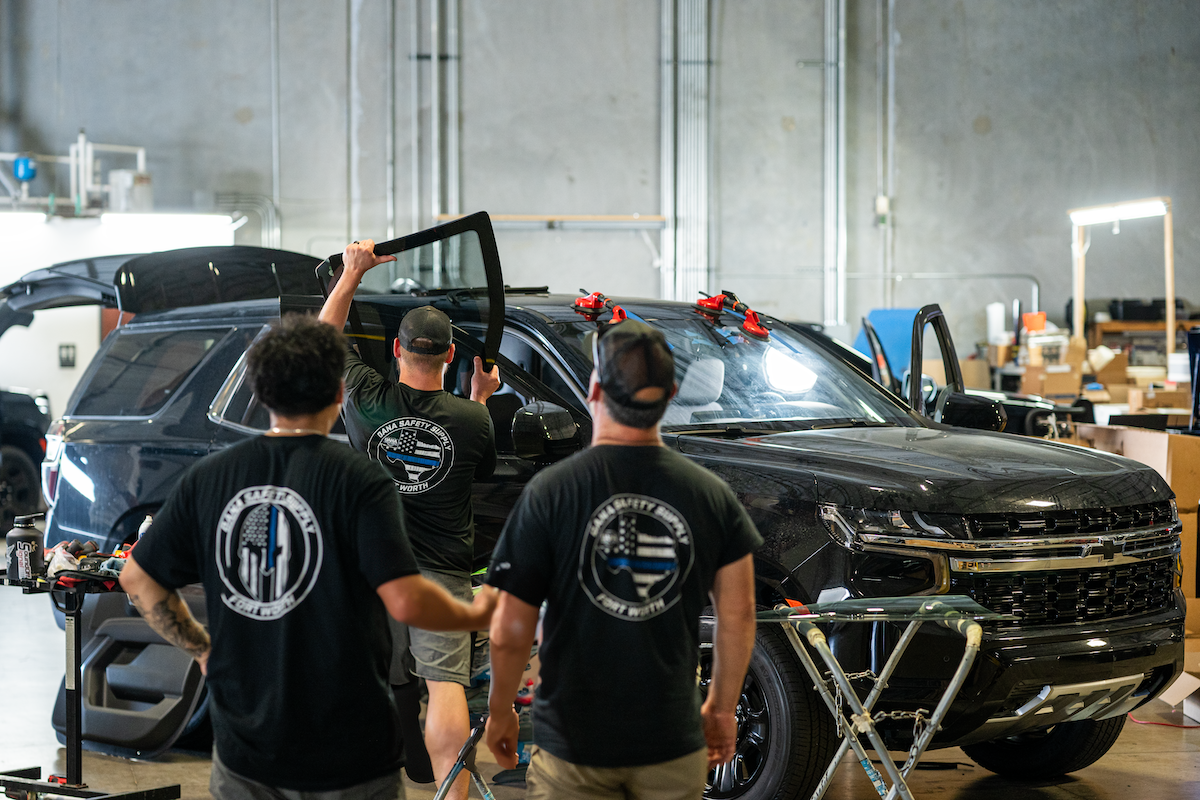Understanding Road Safety: A Brief Overview
The Importance of Road Safety
Road safety is a matter of life and death. According to the World Health Organization, over 1.3 million people tragically lose their lives in road traffic accidents every year. An additional 20 to 50 million people suffer from non-fatal injuries, with many enduring long-term disabilities. These alarming numbers underscore the vital importance of road safety.
Effective road safety measures not only prevent fatalities and injuries, but they also contribute to the efficient functioning of our transportation systems. It might not be a stretch to say that, in a way, they are the backbone of our modern society. Without adequate road safety, our world as we know it would probably come to a standstill.
Common Road Safety Measures
Many different road safety measures are in place to keep us safe while traveling. These include, but are not limited to, traffic lights, speed limits, roundabouts, pedestrian crossings, speed bumps, zebra crossings, and cycle lanes. Each measure is designed with a specific purpose in mind, be it regulating traffic, ensuring pedestrian safety, or controlling vehicle speed.
But there's one road safety tool that's perhaps less familiar to the average person, yet plays an essential role in law enforcement: spike strips.
Spike Strips: A Critical Tool for Law Enforcement

What are Spike Strips?
Imagine this scenario: a criminal is on the run from law enforcement, driving recklessly through city streets. The police need to stop this dangerous driver without endangering the public. Enter the spike strip.
A spike strip, also known as a stop stick or stinger, is a device used by law enforcement agencies worldwide to bring a fleeing vehicle to a controlled stop. They're often used in high-speed chases where conventional means of stopping the vehicle are ineffective or unsafe.
How Do Spike Strips Work?

Spike strips are long, usually retractable strips fitted with sharp spikes designed to puncture the tires of a vehicle when driven over. When a vehicle's tires come into contact with the spikes, they deflate slowly rather than bursting, allowing the driver to retain some control over the vehicle as it comes to a stop. This controlled deflation is vital in preventing crashes that could occur if the tires were to burst suddenly.
The effectiveness of spike strips comes from their ability to end vehicle pursuits quickly and relatively safely. They reduce the need for high-speed pursuits, which are inherently dangerous, not just for the law enforcement officers and the suspect, but also for innocent bystanders and other road users.
The Role of Spike Strips in Law Enforcement

Appropriate Use of Spike Strips
Like any other tool, spike strips need to be used appropriately and in the right situations. Police are trained extensively in the use of spike strips, including understanding the best times and places to deploy them. They are not a catch-all solution and are generally reserved for high-risk situations where a dangerous driver needs to be stopped, and other methods are not effective or safe.
Spike Strips in High-Speed Chases
High-speed chases are high-risk situations that pose a significant danger to all involved, including innocent bystanders. Prolonged chases increase the potential for accidents, as the fleeing driver may drive more recklessly in an attempt to evade the police. Spike strips can end these pursuits quickly and effectively, significantly reducing the risks associated with high-speed chases.
Evaluating the Effectiveness of Spike Strips
Potential Risks and Controversies
Despite their successes, the use of spike strips is not without controversy. There are risks involved, especially if not deployed correctly. For instance, if a strip punctures all the tires of a vehicle traveling at high speed, the driver may lose control, leading to accidents.
However, law enforcement agencies emphasize that officers are extensively trained in the use of spike strips and that their use is often the lesser risk compared to allowing a dangerous driver to continue unabated.
The Future of Spike Strips and Road Safety
Technological Innovations in Spike Strips
The field of road safety is always evolving, and so is the technology behind spike strips. Innovations like remote-controlled spike systems and strips that retract automatically after puncturing a vehicle's tires are some of the advancements designed to improve the safety and effectiveness of spike strips.
Safety Considerations for the Future
As we move forward, the focus remains on enhancing road safety while minimizing risks. This will involve refining existing tools like spike strips, developing new technologies, and continuing to train law enforcement personnel in their proper and safe use.
Conclusion
Spike strips play an essential role in law enforcement's toolkit for ensuring road safety. Their ability to quickly and relatively safely bring vehicles to a stop makes them an invaluable asset in high-speed chases and other dangerous driving scenarios. As we look to the future, the ongoing development and refinement of this tool will continue to play a significant role in preserving road safety.
FAQs About Spike Strips
What are spike strips?
Spike strips are devices used by law enforcement to safely stop vehicles. They have spikes designed to puncture tires, causing a controlled deflation that brings the vehicle to a stop.
How do spike strips work?
When a vehicle drives over a spike strip, its tires are punctured by the spikes. This causes the tires to deflate slowly, allowing the vehicle to come to a controlled stop.
Are spike strips dangerous?
If used correctly, spike strips are a safe and effective way to stop a vehicle. However, improper use can lead to accidents. Law enforcement officers undergo extensive training to use spike strips correctly and safely.
When are spike strips used?
Spike strips are generally used in high-risk situations where a dangerous driver needs to be stopped and other methods are not effective or safe.
What are some advancements in spike strip technology?
New developments in spike strip technology include remote-controlled systems and strips that retract automatically after use, both designed to enhance the safety and effectiveness of spike strips.






